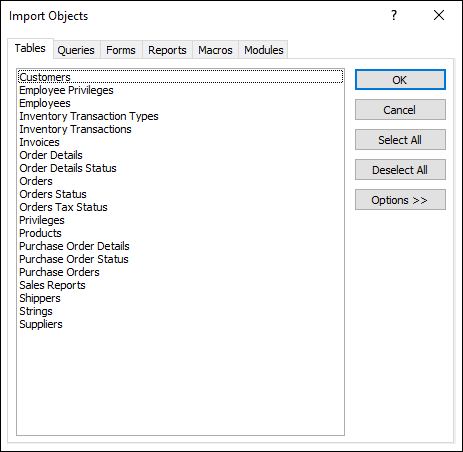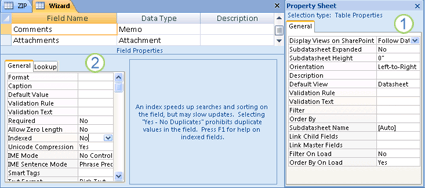

Since you want all the transactions that satisfy either part 1 or part 2, your final criteria statement would look as follows: (City Name = “Illinois” AND ( NOT(Payment Type = “Check”))) Part 2: You want all the transactions for the sales in Illinois wherein the payment was made via all payment types except credit cards (City Name = “New York” ANDPayment Type = “Check”) Part 1: You want all the transactions for the sales in New York that were paid in Check. Having learnt the basics of all the 6 logical operators, let us now use these operators to solve the manager’s query mentioned earlier in the scenario: Using AND, OR, NOT operatorsĬonsider point 1 in the above scenario. Note: In order to understand more about NULL Value, please read the post : What is a NULL Value? It is worth noting the outputs of the logical operations if any one or both the inputs are NULL. Hence the output will be TRUE in that case. It also means if A is false then B may or may not be true. In other words, it means if A is true then B has to be true.If B is not true, then the output will be false. It means that A implies B but B does not necessarily implies A. Nevertheless, pay attention.Operation involving IMP operator is known as ‘Logical Implication’.Lets take an example : A IMP B.

As the name suggests, when you use EQv operator between two inputs or operands, the final output will be TRUE (i.e. Eqv OperatorOperation involving Eqv operator is known as ‘Logical Equality’.if both inputs are true or both inputs are false, the output will be false. 1) if and only if either of the inputs/operands are TRUE but not both. When you use XOR operator between two inputs or operands, the final output will be TRUE (i.e. XOR Operator– e Xclusive OROperation involving XOR operator is known as ‘Exclusive Disjunction’.1) only if either or both the inputs/operands are TRUE. When you use OR operator between two inputs or operands, the final output will be TRUE (i.e. OR Operator Operation involving OR operator is known as ‘ Logical Disjunction’.1) only if both the inputs/operands are TRUE. When you use AND operator between two inputs or operands, the final output will be TRUE (i.e. AND OperatorOperation involving AND operator is known as ‘Logical Conjunction’.

In all there are total 6 logical operators in MS Access as follows: You want a report indicating that this rule is being followed.Ĭoncept: AND, OR, EQV, NOR, XOR, IMP Operationsīefore we start creating queries, Let us first understand the concept of logical operators and the kind of operations they perform on the inputs. You and your manager are busy analysing the company’s sales order data and you want to analyse quite a few scenarios on the data as mentioned below:Īs per the business rule set by the company, once the order is closed, it means that there are no payments pending and that the payments have been done either by cash, check or credit cards. You will make use of logical operators to combine two expressions and return a value of “TRUE”, “FALSE”, or “NULL” depending on the Boolean value of the expression on which logical operation is being done. In this post, you are going to learn about Logical Operators in MS Access. Note that Boolean logic is a form of logic that reduces all values to either TRUE or FALSE. In order to make those comparisons, it uses what are called as operators aka “ Logical Operators”. You can think of Boolean logic as a simple way of comparing individual inputs and expressions. In simple words, you would be interested, at times, in knowing the output when one expression is true and(/or) second expression is also true. Now, Boolean logic involves operations on Truth values TRUE (1) and FALSE values (0). While doing any data analysis, you often encounter situations wherein you need to make use of Boolean logic.


 0 kommentar(er)
0 kommentar(er)
